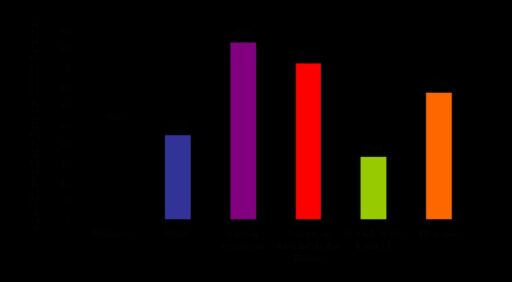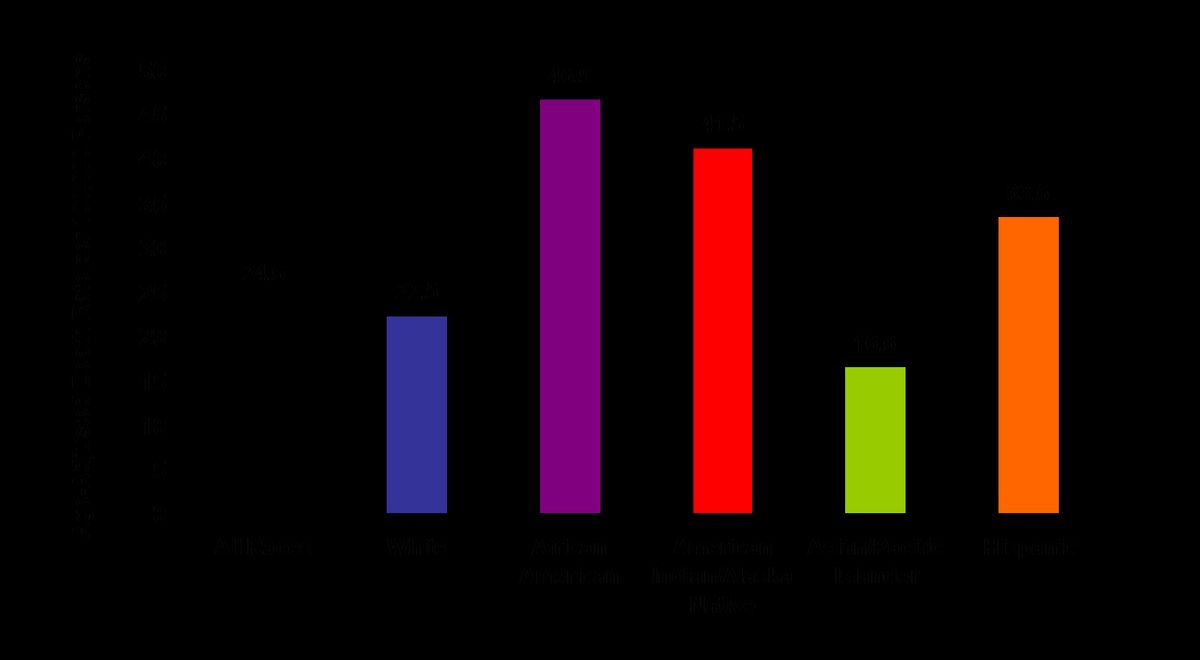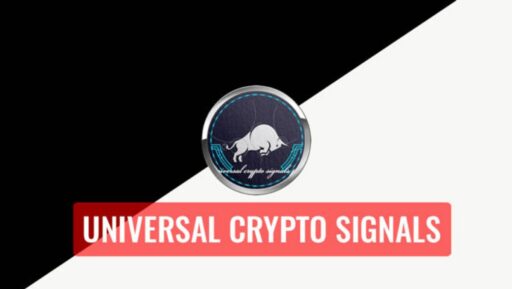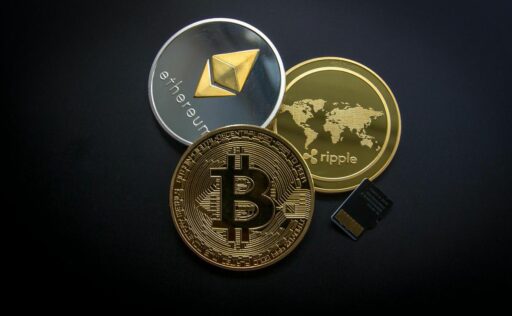Delving into the world of The Graph ($GRT) and its staking mechanism offers a fascinating glimpse into the burgeoning realm of decentralized finance (DeFi). This article aims to provide a comprehensive understanding of The Graph’s token functionality, staking processes, and the broader ecosystem, with a focus on how DappRadar facilitates these activities. Whether you’re a seasoned crypto-enthusiast or new to the scene, this deep dive will equip you with the knowledge to navigate the opportunities and challenges that come with staking $GRT and participating in airdrops, as well as insights into the technology’s role in shaping the future of DeFi.
Key Takeaways
- The Graph $GRT staking is an integral part of the DeFi ecosystem, allowing token holders to earn passive income while contributing to network security.
- DappRadar provides a user-friendly platform for staking $GRT, claiming airdrops, and monitoring staking performance, thereby simplifying the user’s journey in DeFi.
- Staking rewards are influenced by various factors, including the amount staked and network conditions, and understanding these can help maximize returns.
- The Graph $GRT airdrops serve as a strategy for projects to engage the community and distribute tokens, which can have significant impacts on the crypto ecosystem.
- The Graph’s technology plays a pivotal role in the DeFi landscape, and its future prospects are closely tied to the evolution and adoption of DeFi applications.
The Fundamentals of The Graph $GRT Staking

What is The Graph $GRT Staking?
The Graph $GRT staking is a vital component of the network’s security and consensus mechanism. By locking up a certain amount of The Graph $GRT, participants can actively engage in transaction validation. This not only secures the blockchain but also provides stakers with the opportunity to earn additional The Graph $GRT as rewards, creating a stream of passive income.
Staking on platforms like DappRadar simplifies the process, allowing users to contribute to the network’s functionality and earn interest in the form of The Graph $GRT tokens.
The potential rewards from staking are influenced by the amount staked and the duration of the stake. Here’s a quick overview of the staking process:
- Set up a staking wallet with The Graph $GRT.
- Lock up your The Graph $GRT for a specified period.
- Participate in network validation and earn rewards.
- Unlock and access your funds after the staking period ends.
The Role of DappRadar in Staking
DappRadar serves as a pivotal tool for individuals looking to stake The Graph $GRT tokens. By providing a comprehensive suite of analytics, it enables users to make well-informed decisions about where and how to stake their assets. The platform’s transparency and detailed reporting are crucial for tracking staking performance and optimizing strategies.
- Enhanced Transparency: DappRadar’s transparent data on staking pools helps users choose based on performance and rewards.
- Accessible Analytics: The platform’s interface allows for easy tracking and adjustment of staking strategies.
- Diverse Staking Options: A wide range of staking opportunities across various platforms increases flexibility.
- Community Engagement: Engaging with other stakers and investors on DappRadar fosters a collaborative environment.
By staking your The Graph through DappRadar, you can participate in the growing trend of earning passive income in the crypto space. This engagement not only provides potential financial benefits but also contributes to the overall health and security of the network.
Opportunities and Challenges in Staking
Staking in the world of cryptocurrency offers a blend of opportunities and challenges that investors must navigate to achieve success. The potential for passive income through staking is a significant draw for many, as it allows for earnings without the need for active trading. Yield Farming and Liquidity Pool Participation are advanced strategies that can enhance returns, but they require a deep understanding of market dynamics and smart contract interactions.
By maintaining a well-diversified staking portfolio, participants can safeguard their investments against market fluctuations and capitalize on opportunities across multiple platforms.
However, the challenges are just as real. Navigating regulatory challenges, selecting a secure crypto exchange, and understanding the implications of asset ownership, especially with emerging assets like NFTs, are crucial for sustainable growth. The table below outlines some key considerations for staking:
| Consideration | Opportunity | Challenge |
|---|---|---|
| Passive Income | Earn without active trading | Market volatility |
| Advanced Strategies | Higher potential returns | Requires deep market knowledge |
| Diversification | Mitigates risk | Managing portfolio complexity |
In conclusion, while the opportunities in staking can be lucrative, they come with a set of challenges that require vigilance and strategic planning. By adhering to best practices, investors can optimize their staking efforts for a rewarding journey.
Maximizing Earnings: Understanding Staking Rewards

How Staking Rewards are Generated
Staking The Graph $GRT tokens is a process that not only contributes to the network’s security but also offers the chance to earn staking rewards. These rewards are a form of compensation for the resources and trust you provide to the network.
By staking, you are essentially locking your tokens to support the network’s operations, which includes validating transactions and maintaining consensus. The rewards generated from staking are typically proportional to the amount of $GRT staked and the duration for which they are locked.
Here are some key points to consider when understanding staking rewards:
- The frequency of reward distribution can vary based on the network’s protocol.
- Rewards may be affected by the total number of participants in the staking pool.
- The overall health and performance of the network can influence the rewards.
Remember, staking pools allow you to combine your tokens with others, which can help increase your chances of generating blocks and receiving rewards. This collaborative effort is central to the staking mechanism and its potential for generating returns.
Factors Influencing Staking Rewards
The potential earnings from staking The Graph $GRT can be affected by a variety of factors. Market volatility plays a significant role, as it can influence the value of both the staked tokens and the rewards received. Additionally, the total amount of tokens staked in the network can impact individual rewards; as more tokens are staked, the reward for each staker may decrease due to the distribution among a larger pool of participants.
- Research Before Staking: It’s crucial to investigate the staking pools on DappRadar, looking at reward rates, lock-up periods, and pool reputation.
- Diversification: Spreading your investments across different assets and staking pools can help balance risks and enhance returns.
- Active Monitoring: Regularly tracking your staking performance is essential to ensure that rewards meet your expectations and to make informed adjustments to your strategy.
By maintaining a well-diversified staking portfolio and staying informed, you can navigate the complexities of the staking landscape and optimize your potential returns.
Strategies to Maximize Staking Returns
To truly maximize staking returns, it’s essential to engage in advanced strategies such as Yield Farming and Liquidity Pool Participation. Diversification is a key strategy to mitigate risk and enhance returns. By spreading investments across various assets, networks, and protocols, stakers can balance their portfolios and reduce potential losses.
By adhering to these best practices, you can make informed decisions, mitigate risks, and optimize your staking efforts for a rewarding journey.
To effectively participate in Yield Farming, crypto holders must analyze different platforms, assess risks, and adapt to changing market conditions. Understanding the dynamics of liquidity provision and smart contract interactions is pivotal.
Here are some additional tips to optimize your staking strategy:
- Assess Asset Correlation: Consider how different assets may affect each other and the overall balance of your portfolio.
- Monitor Market Trends: Keep an eye on market movements and adjust your staking strategy if necessary.
- Stay Informed: Stay updated on market trends, developments in the crypto space, and any changes to staking protocols on DappRadar.
- Practice Patience: Remember that staking involves locking up funds for a specific period. Be patient and avoid making impulsive decisions based on short-term market fluctuations.
Navigating The Graph $GRT Airdrops

What are The Graph $GRT Airdrops?
The Graph $GRT airdrops are a method of distributing free tokens to the community, often to reward existing token holders. These airdrops serve various purposes, ranging from marketing strategies to incentivizing loyalty among users.
Airdrops are a sign of a maturing crypto ecosystem, reflecting a growing trend where projects leverage them to expand their reach and strengthen their community ties. By holding specific cryptocurrencies, individuals can become eligible for these complimentary assets, which can enhance their investment portfolio without additional cost.
Airdrops not only benefit the recipients but also play a crucial role in the promotion and user base expansion for the projects that issue them.
For those interested in The Graph $GRT airdrops, it’s important to stay informed about the eligibility criteria and the snapshot dates to ensure participation and receipt of the free tokens.
Claiming Airdrops via DappRadar
DappRadar simplifies the process of claiming airdrops, making it a breeze for users to enhance their crypto portfolios with The Graph $GRT tokens. By leveraging DappRadar’s comprehensive resources, enthusiasts can stay ahead of the curve, ensuring they don’t miss out on valuable airdrop opportunities.
To ensure a smooth claiming experience, it’s essential to follow the steps provided by DappRadar meticulously.
Here’s a quick guide to help you claim The Graph $GRT airdrops through DappRadar:
- Visit the DappRadar website and log in to your account.
- Navigate to the ‘Airdrops’ section to find active The Graph $GRT airdrops.
- Check the eligibility criteria for the airdrop you’re interested in.
- Follow the instructions to claim your airdrop tokens.
Remember, staying informed and proactive is key to taking full advantage of these airdrop events.
Impact of Airdrops on the Crypto Ecosystem
Airdrops have emerged as a strategic tool for blockchain projects to broaden their user base and enhance token liquidity. By distributing free tokens to existing cryptocurrency holders, airdrops incentivize participation and engagement within the project’s ecosystem.
- Airdrops can significantly increase visibility and attract new users.
- They often lead to a surge in trading activity, as recipients of airdrops may decide to trade their new assets.
- For holders, airdrops represent an opportunity to diversify their portfolios without additional investment.
Airdrops are not just a giveaway; they are a method of community building and value distribution that reflects the ethos of decentralization in the crypto world.
The GRAPH $GRT airdrops are a testament to the growing trend of using airdrops as a growth strategy. By rewarding loyal community members, projects can foster a sense of ownership and loyalty, which is crucial for long-term success.
Step-by-Step Guide to Staking with DappRadar

Setting Up Your Staking Account
Before you can start earning rewards through staking, setting up your staking account on DappRadar is essential. Navigate to the official DappRadar staking platform to check your token’s eligibility for staking. Once confirmed, select The Graph $GRT as your asset of choice for staking.
It’s crucial to understand the staking rewards system to optimize your returns. Tracking your staking performance is key to staying informed and making data-driven decisions.
Here are some best practices to follow:
- Stay informed about market trends and updates to staking protocols.
- Evaluate the efficiency of your staking activities regularly.
- Adjust your staking strategy based on performance data.
- Practice patience, as staking involves locking up funds for a period.
Staking Your The Graph $GRT Tokens
Once you’ve set up your staking account, the next step is to stake your The Graph $GRT tokens. This is a pivotal moment in your journey towards earning passive income through the DeFi ecosystem. By staking your tokens, you’re not only looking to earn rewards but also supporting the network’s integrity and performance.
Staking on DappRadar is straightforward and user-friendly, ensuring that even beginners can navigate the process with ease.
Here’s a simple guide to get you started:
- Access the staking section on DappRadar.
- Select The Graph $GRT from the list of available tokens.
- Decide on the amount of The Graph $GRT you wish to stake.
- Confirm the transaction and begin staking.
Remember, staking involves locking up your tokens for a certain period. It’s crucial to be aware of the terms and conditions associated with the staking process to avoid any surprises. Monitoring your staked assets is key to maximizing your potential returns and staying informed about the performance of your investment.
Monitoring Your Staking Performance
Monitoring the performance of your staked The Graph $GRT is crucial for a successful staking journey. By keeping a close eye on your staking rewards, you can make informed decisions to optimize your staking strategy. Utilize tools like DappRadar to track your staking performance in real-time, analyze historical data, and identify trends to adapt to market fluctuations effectively.
Tracking your staking performance allows you to stay informed about your staking rewards and earnings, evaluate the efficiency of your staking activities, and make data-driven decisions to maximize your staking rewards.
For those looking to delve deeper into staking strategies, resources like RADAR Staking — DeFi Overview and TVL Analysis offer valuable insights. Remember, by adhering to best practices, you can mitigate risks and optimize your efforts for a rewarding staking experience on DappRadar.
The Graph $GRT Ecosystem: An Overview

Understanding the Technology Behind The Graph
At the core of The Graph’s functionality is its ability to index and query data from blockchains in a decentralized manner. This is achieved through a network of nodes that process and serve data requests, ensuring that applications can retrieve the information they need efficiently and reliably.
The Graph is redefining how data is indexed and queried on blockchains, making it an essential component of the decentralized web. By utilizing a global GraphQL API, developers can easily access the data required for their decentralized applications (dApps), without relying on centralized servers.
- Nodes in The Graph network are known as Indexers, Curators, and Delegators.
- Indexers are responsible for processing queries and maintaining the integrity of the data.
- Curators signal on the most valuable data to index, guiding Indexers.
- Delegators stake their $GRT tokens to support Indexers, sharing in the network’s rewards and risks.
The Graph’s innovative approach to data indexing is not only a technical achievement but also a step towards a more transparent and user-empowered internet.
The Role of The Graph in the DeFi Landscape
The Graph plays a pivotal role in the DeFi landscape by providing a decentralized protocol for indexing and querying data from blockchains. This is particularly crucial for DeFi applications that require access to historical financial data to function effectively. The Graph’s compatibility with multiple blockchains, including Ethereum, Avalanche, and Arbitrum, allows for a wide range of applications to integrate seamlessly with its service.
The Graph’s functionality extends beyond simple data retrieval; it enables the creation of a variety of investment strategies and opportunities within the DeFi space.
By staking GRT, participants contribute to the network’s security and, in turn, become integral to the operation of DeFi platforms. The symbiotic relationship between The Graph and DeFi applications fosters a robust environment where new financial tools and services can thrive. As the ecosystem evolves, The Graph is expected to remain at the forefront of this innovation, driving the DeFi sector forward.
Future Prospects of The Graph $GRT
The Graph $GRT stands at the forefront of the decentralized query protocol for blockchains, and its future is closely tied to the evolution of the DeFi landscape. The potential for The Graph to become an indispensable tool for decentralized applications is immense, as it provides a vital service in indexing and querying blockchain data efficiently.
- Adoption: As more dApps and protocols integrate The Graph, the demand for $GRT could increase, leading to a more robust ecosystem.
- Technology: Continuous improvements in The Graph’s protocol could enhance its performance and attract more users.
- Regulation: The regulatory environment will play a significant role in shaping the future of all crypto assets, including $GRT.
The Graph’s role in the DeFi ecosystem could be likened to that of a library in a university; without it, accessing and utilizing knowledge becomes a challenge.
Looking ahead, price predictions for The Graph suggest a positive trend. According to experts, GRT could be traded between $3.26 and $3.99 in 2030. This optimistic outlook is based on the assumption that The Graph will continue to expand its services and solidify its position within the crypto market.
Conclusion
As we conclude our deep dive into The Graph’s $GRT token, its functionality, and the ecosystem, it’s clear that staking and airdrops present compelling opportunities for individuals to engage with the DeFi space. Platforms like DappRadar simplify the process, making it accessible for users to earn passive income and contribute to network security. The journey into decentralized finance is filled with potential rewards but also requires due diligence and continuous learning. By staying informed and leveraging tools like DappRadar, crypto enthusiasts can navigate this dynamic landscape with greater confidence and potentially enhance their digital asset portfolio.
Frequently Asked Questions
What is The Graph $GRT Staking?
The Graph $GRT Staking is the process of locking up The Graph tokens to support the network’s security and consensus mechanism. In return, stakers can earn rewards for their contribution.
How do I stake The Graph $GRT using DappRadar?
To stake The Graph $GRT with DappRadar, you need to set up a staking account on their platform, deposit your $GRT tokens, and follow the instructions to lock your tokens into the staking contract.
What are the benefits of staking The Graph $GRT?
Staking The Graph $GRT offers the opportunity to earn passive income through staking rewards, contribute to the network’s security, and participate in the governance of the protocol.
What are The Graph $GRT Airdrops?
The Graph $GRT Airdrops are events where free tokens are distributed to existing cryptocurrency holders to promote a new token, create awareness, or engage users within the community.
How can I maximize my staking returns with The Graph $GRT?
To maximize your staking returns, consider factors like the amount staked, the network’s staking rate, the duration of staking, and actively participate in governance to make informed decisions.
Can I claim The Graph $GRT Airdrops through DappRadar?
Yes, you can leverage DappRadar to claim The Graph $GRT airdrops if you meet the eligibility criteria set by the airdrop event. Instructions are usually provided on how to claim these free tokens.





